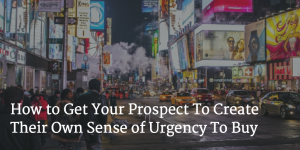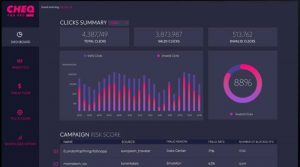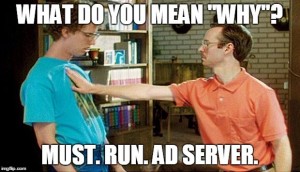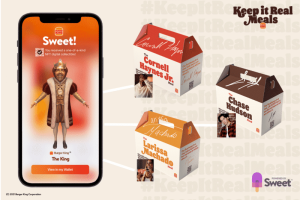Gen Z, Millennials Drive Brands To Achieve Halo Effect
Many brands want to live under the halo effect, but it’s not something that can be bought or acquired. It happens organically to brands with a strong and authentic stand on important social causes.
The halo effect occurs when a brand wins favoritism within a subset of consumers by meaningfully championing causes. A brand halo signals to other like-minded consumers the brand should be trusted, valued — and, most importantly, purchased.
Brands that champion environmental sustainability and support marginalized groups, like LGBTQ+, sometimes experience the halo effect.
These brands are subsequently elevated further through conversations among consumers and their friends, indicating the halo effect has staying power and that consumers like Gen-Zers and millennials have serious brand loyalty.
We spoke with Gen-Zers and millennials to get their insight on the halo effect. This cohort watches what brands say, and how they work to fulfill the promises they make regarding world change and injustices.
Yet research on brands, their sustainability models, and causes they support is a time-consuming process that should not fall entirely on consumers. This audience hopes brands will be more transparent about these issues and that government will step up and keep corporations in check.
Prius is one of the most famous halo-effect brands, with clothing brands Patagonia and Everlane also ranking high.
One participant believes Gap and Abercrombie & Fitch have the halo effect “because they promote acceptance and support of LGBTQ+ and people of color.”
The CEO of the U.S. Travel Association recently noted that LGBTQ+ travelers will lead the way in tourism recovery because they “spend more when they travel,” often providing a halo effect around the brands that support them.
Society as a whole needs to keep the LGBTQ+ community safe, whether traveling abroad or domestically. Here’s a look at three brands doing just that.
Lavender Book, inspired by the Green Book for Black Americans, was launched by the National Black Justice Coalition, and is a crowd-sourced, web-based app that spreads the word about safe spaces for Black LGBTQ+/SGL.
OUTbound partners with local LGBTQ+ tour operations to reveal favorite and welcoming areas that local LGBTQ+ residents frequent, focusing on giving guests the chance to be themselves and see the world.
Geosure is a travel app that combines country, city, and neighborhood crime statistics with real-time data reports and tourist ratings. It has eight safety categories that include LGBTQ+ safety, which can be measured down to the minute. While LGBTQ+ safety is difficult to pin down due to a lack of widely available and reported information, Geosure’s focus on transparency—a big plus for Gen Zs and Millennials—proves the strength of data aggregation as a tool for safety.
Gen Zs and Millennials have been demanding rapid change within society, but when brands cannot adapt quickly enough, they rely on tech to ensure they spend money on businesses taking action now, not someday.
Are your brand’s mantra, the causes you support, and your sustainability models authentic, transparent, and easy to find on both your website and in social media? If you want to capture the loyal cause champions Gen-Zers and millennials, they should be.
(57)
Report Post




